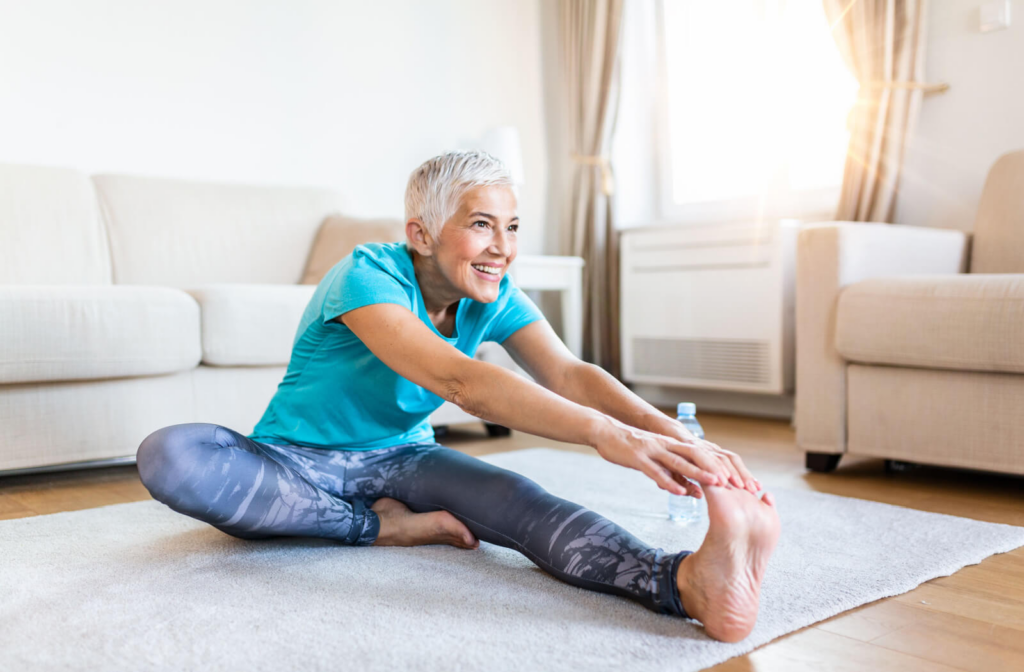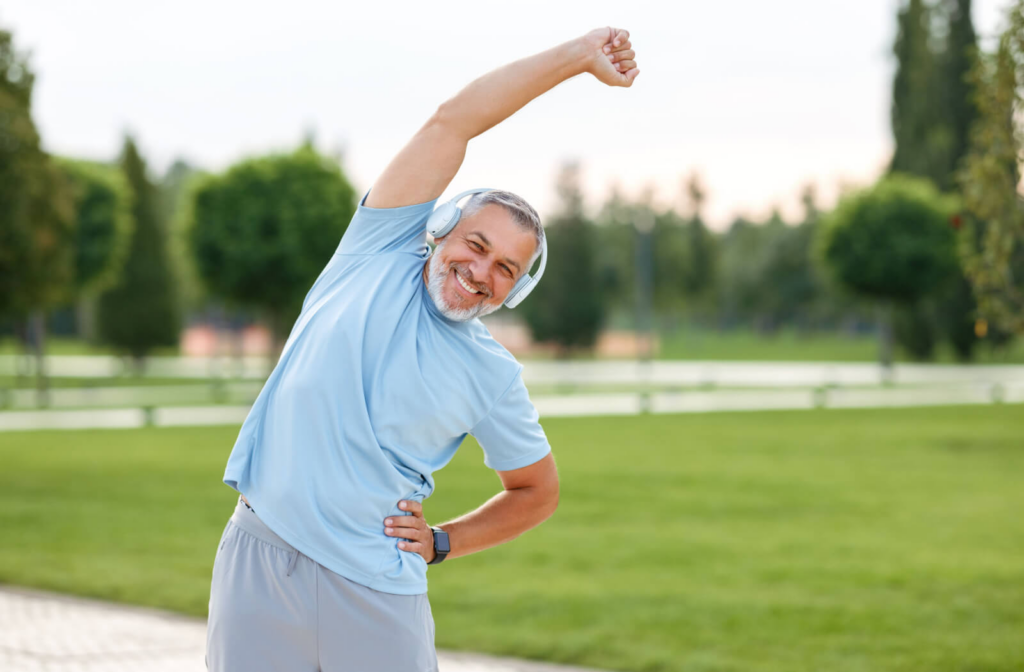Your body can undergo many changes with age, including wear and tear to your joints and tendons. Some of these changes can lead to discomfort and pain, affecting your ability to do daily tasks, stay active, and enjoy the things you love.
Assisted living in senior communities can support residents by helping with life’s daily activities and providing services and amenities based on individual needs. With a few simple lifestyle changes, such as staying active, eating a balanced diet, maintaining a healthy weight, and protecting your joints, it’s possible to maintain healthy joints and tendons in older adults.
Joints & Tendons
Joints and tendons are important structures in the human body that help with movement and support. Joints are the areas where two bones come together.
Many joints have cartilage, which helps cushion the bones and allows for smooth movement. Rigid joints in the body include joints between the bones in your skull. Movable joints in the body are the knees, hips, and shoulders.
Tendons are connective tissue that attaches muscle to bone. Tendons are found throughout the body and are essential for movement because they allow the muscles to pull on the bones, causing them to move.
As you age, cartilage and protective membranes in your joints can become damaged, and some joints can change shape, causing aches, pain, and swelling. You are also more likely to develop joint problems with the following risk factors:
- Family history of arthritis
- Older age
- Female (risk for rheumatoid arthritis)
- Male (risk of gout)
- Previous joint injuries
- Overweight or obese
How to Keep Your Joints & Tendons Healthy
Arthritis is a common disorder that affects the joints, including osteoarthritis and rheumatoid arthritis. Let’s look at how to keep your joints and tendons healthy so you can walk, run, jump, play sports, and do many other things you enjoy without pain and discomfort.
Physical Activity
Fewer than 10% of Americans are physically active on a regular basis. Age 50 and over is the most sedentary group. Regular physical activity can help slow muscle loss and keep the muscle around your joints strong.
Even with arthritis, exercise can help improve your flexibility, strength, and range of motion, which can help prevent injury and reduce pain and disability. Aim for at least 30 minutes of moderate activity or break it into two 15-minute walks.
Consult your doctor or physical therapist when starting an exercise program. If you’ve never attempted an exercise program before or have joint pain, low-impact exercises can help.

Stretch Regularly
Stretching helps improve your joint flexibility, range of motion and reduces your risk of injury. Joint flexibility allows the muscles and tendons to lengthen and stretch when you move. Stretching all your major muscle groups, such as your legs, arms, hips, back, and neck, can maintain healthy joints in older adults.
Maintain a Healthy Weight
Carrying excess weight can put extra stress on your joints. Maintaining a healthy weight can help reduce this stress and your risk of developing arthritis, which can cause pain, swelling, and stiffness in the joints. Eating a healthy, balanced diet and engaging in regular physical activity can help you maintain a healthy weight.
Protect Your Joints
Protecting your joints can also help keep them healthy as you age. This can include avoiding repetitive motions that can cause wear and tear on your joints and avoiding activities that put excessive stress on your joints. Take frequent breaks to rest and stretch or modify movements if you are engaged in strenuous activity.
Get Plenty of Sleep
Sleep is also important for keeping your joints and tendons healthy as you age. Sleep helps your body repair and regenerate, which can help reduce inflammation and promote healing. Try to get 7 to 9 hours of sleep each night, and establish a consistent sleep routine.
Listen to Your Body
Notice signs of pain or discomfort, take a break from any activities causing pain, and consult your doctor. Don’t ignore pain as it can lead to injury and long-term damage.
Promoting a Better Quality of Life
Keeping your joints and tendons healthy as you age requires a combination of lifestyle changes, including staying active, maintaining a healthy weight, protecting your joints, stretching regularly, and getting enough sleep. Incorporating these habits into your daily routine can help reduce your risk of injury and pain.
Contact Brooklyn Pointe to learn about our thriving community or schedule a tour to see how you can enjoy an active and healthy lifestyle.



